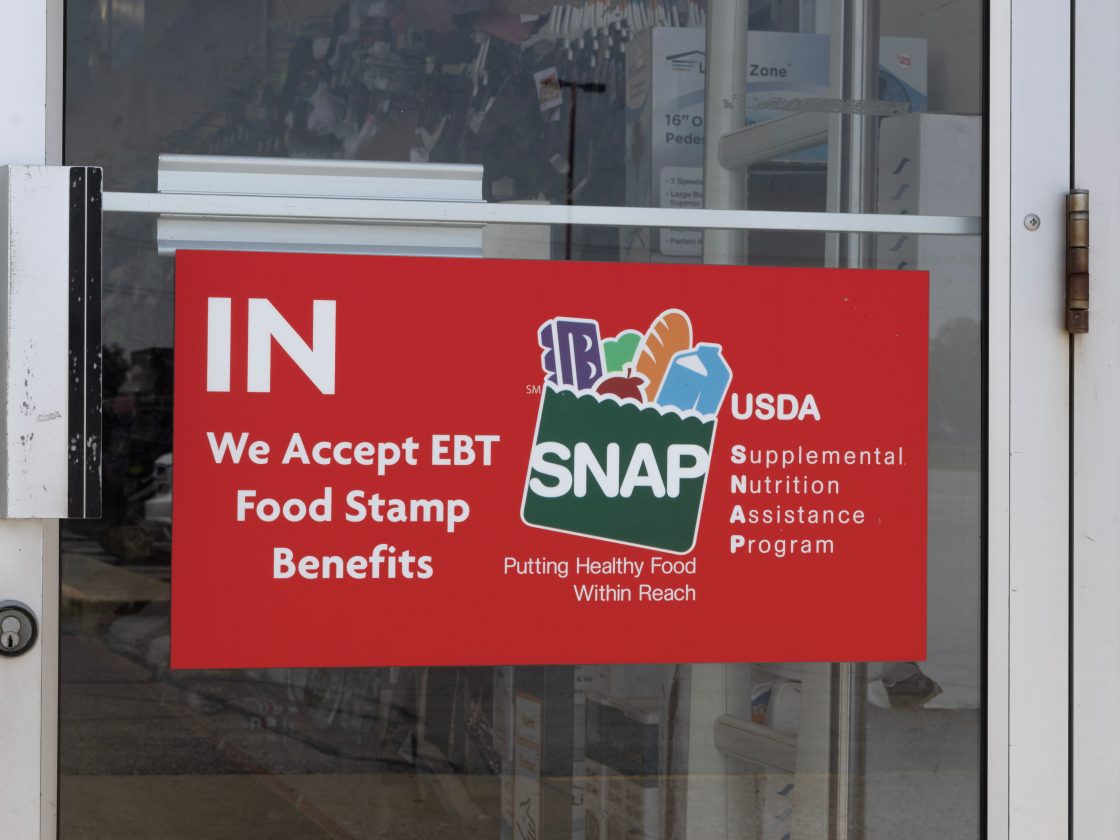The SNAP Benefits Crisis—Syracuse Experts Weigh In
As the federal government shutdown continues, the U.S. Department of Agriculture (USDA) has announced that SNAP benefits—which support 22 million households nationwide—will run out on Nov. 1. With the deadline quickly approaching, Syracuse University has two experts available to discuss both the policy implications and immediate health risks of this unprecedented disruption.
Colleen Heflin, professor of public administration and international affairs in the Maxwell School of Citizenship and Public Affairs, is a nationally recognized expert on food insecurity and SNAP policy.
She has testified before Congress and published over 70 research articles on food assistance programs. Her research is regularly funded by the National Institutes of Health, USDA and the Robert Wood Johnson Foundation.
Maryam Yuhas, assistant professor of nutrition and food studies in the Falk College of Sport, is a registered dietitian whose research focuses on nutrition behaviors and health disparities in low-income and underserved populations.
Her work addresses the health impacts of food insecurity and sugar-sweetened beverage consumption in vulnerable communities.
Both professors are available for interviews and have provided answers to key questions below.
Q&A With Colleen Heflin: The Policy and Economic Impact
Q: Have SNAP benefits been used as political leverage before?
A: In the 2018 government shutdown, currently the longest in U.S. history, USDA used their contingency fund and directed states to issue February’s SNAP benefits a month early in January to meet the conditions of the binding Continuing Resolution.
This created confusion and havoc throughout the country and disrupted benefits in a historic manner. But, at least then, low-income households had the support that they needed to provide food for their households. Currently, low-income families are being used as a bargaining chip in a political game of chicken in Washington, D.C.
Q: What would this mean for families who rely on these benefits?
A: If SNAP benefits do not go out as usual in November, the disruption will be felt immediately. Over half of all SNAP benefits are spent within seven days of issuance. Without these funds, 22 million households will face two options: They can either buy less food or use the money that they budgeted to pay rent and utilities, put gas in their car and buy other necessities like prescription drugs and diapers to pay for food.
Q&A With Maryam Yuhas: The Nutritional and Health Consequences
Q: What are the immediate nutritional and health risks if SNAP stops in early November?
A: Within days of SNAP benefits stopping, we may see calories and diet quality fall. We have a good bit of research that looks at the end-of-month effects of SNAP benefits running out. We know from these studies that less healthy purchasing increases, with shifts to cheap, ultra-processed foods, when resources are diminished.
Additionally, research has found that when SNAP runs out at the end of the month, emergency room visits for hypoglycemia jump approximately 27% late in the month among low-income patients, particularly for older adults. If November SNAP doesn’t come through, that end-of-month risk will be exacerbated.
Q: How does a November disruption compound challenges over Thanksgiving and winter?
A: November may be one of the worst times to pull food dollars. Families will face the classic “heat-or-eat” trade-off as heating bills kick in with cooler weather, which is linked to higher food insecurity, especially for older adults.
School breaks during this month also mean fewer school breakfasts and lunches, so household demand goes up just as budgets are most stressed. Food banks are already seeing surges around the holidays and any SNAP gap will push even more families to those lines.
Q: How quickly does food insecurity impact vulnerable groups?
A: Food insecurity will impact vulnerable groups very fast. Food banks cannot replace SNAP’s scale. For children, even short disruptions decrease their diet quality and show up as behavior and attention issues and higher illness risk.
For people with diabetes, a skipped meal to stretch food can have dangerous health implications and create a food and medication mismatch. This is especially important for older adults who are on various medications and may also be at risk for dehydration and falls when food gets cut to pay utilities.
Q: Do you have any practical advice if families lose their SNAP benefits in November?
A: To families who are at risk, I would say to tap into resources early. You can call 211 for nearby pantries and community meals or check school districts for backpack meal programs.
When thinking about meals, prioritize health over being perfect health-wise. You may need to pivot to shelf-stable proteins like dry beans and lentils, canned meats, peanut butter and shelf-stable milk. Stretch every dollar by buying store brands, skip pricey low-satiety items like sugary drinks and snacks, and freeze portions to avoid waste.





